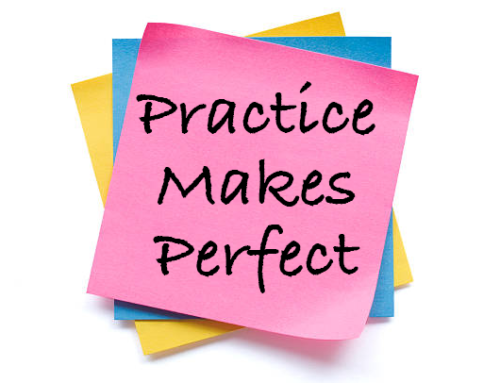When I got so much positive feedback from the email I did back in October on “it’s okay to be afraid”, I made note to myself that you might be interested in another emotion that gets a bad wrap, Anger.

Now, like fear, there are probably more people who are uncomfortable with or around anger than there are people who are comfortable with it. Some people feel bad for feeling angry and that it should be kept to themselves usually because we can all think of 101 examples that we’ve seen of unhealthy expressions of anger and they don’t want to be like them. Maybe we really struggle with anger ourselves, but what if I told you that there are actually healthy ways to do mad. (It’s not pooping in someone’s shoes, though.)
You see, anger, like all emotions, is the body’s way of trying to communicate with you, with your higher mind that there’s something important going on and, sometimes, that you need to take action.
Emotions are our body’s way of communicating with us and telling us when we need to take action. Below are some examples of the purposes of just a few emotions.
Feeling Function
Fear Tells us to escape/self-preservation
Anger Pushes us to fight back/ protect boundaries
Love Drives us to care for others
Passion Motivates us to create and invent
Hurt Pushes us to correct a situation
Sadness Tells us we are losing something important
Compassion Pushes us to help others
Disgust Tells us to avoid something
Curiosity Motivates us to explore and learn
You get the idea. For every emotion, there is a purpose. Emotions are incredibly useful tools to help us adapt, survive and thrive!
Psychology today defines healthy anger as:
- Healthy anger means observing and experiencing anger without being overwhelmed by it and reacting to it.
- Healthy anger means recognizing our anger as a signal to explore the feelings, thoughts, and bodily sensations that precede it.
- Healthy anger means viewing anger as a signal to direct our attention inward to identify our core desires, needs, and values.
- Healthy anger calls for developing self-compassion, which includes skills to enhance our sense of safety and connection.
- Healthy anger includes developing strategies to let go of anger, which may include forgiving others and yourself.
- Healthy anger encompasses compassionate practices that don’t cause suffering for others or for ourselves.
- Healthy anger means learning how to communicate assertively with others.
- Healthy anger enhances our resilience and overall well-being.
Another example of healthy Anger energies would be doing a victory dance or the Haka
What is the meaning behind the haka?
Known as a ‘war challenge’ or ‘war cry’ in Māori culture, the haka was traditionally performed by men before going to war. The aggressive facial expressions were meant to scare the opponents, while the cry itself was to lift their own morale and call on God for help to win.
It can also be thought of as Positive life force energy
Dancing! Or any creative vibrant activity that you enjoy :)





